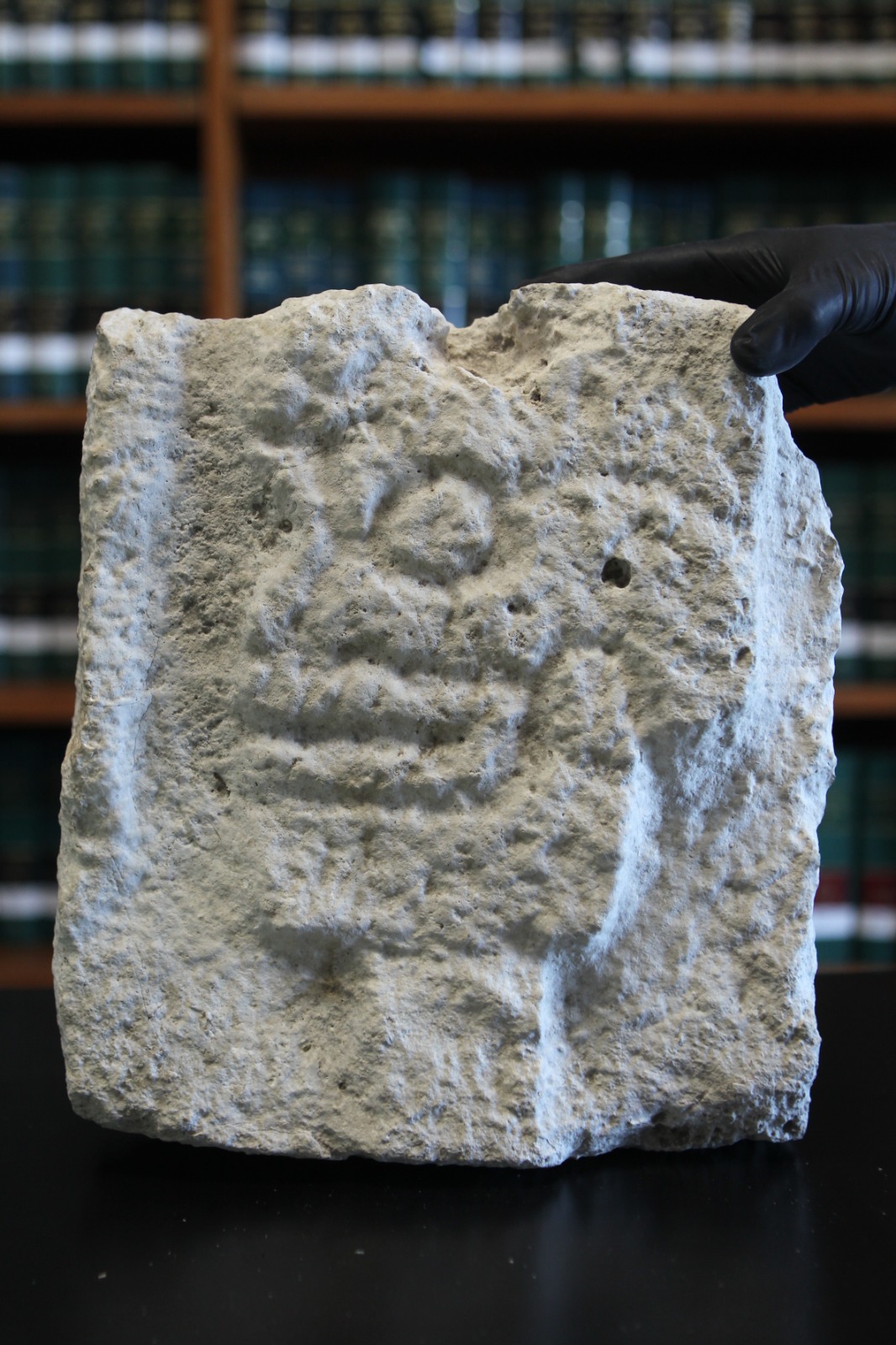A Maya Bas-Relief Stone Carving of a Skull Returns to Mexico from Germany

The recovery of this archaeological artifact, which is of great historical and cultural importance, is the result of the joint work done by both ministries and the INAH. The research and report done by INAH specialists and the legal arguments presented by Mexico’s representation in Germany led to the voluntary return of the carving, which was found in an antique store.
Mexican legislation strictly regulates the protection and conservation of the nation's heritage and categorically prohibits the export of archaeological objects. Therefore, their presence abroad is presumed to be the result of looting or part of a chain of illicit acts, for which reason Mexico seeks their recovery and return.
The bas-relief carving comes from the lowlands of northern Yucatan in Mexico, and was made during the Late Classic or Postclassic Mesoamerican period (750-1244 A.D.). It is very similar to objects found at the Chichén Itzá archeological site in Yucatan, Mexico.
The Maya bas-relief stone carving represents a skull in profile and was part of a wall of carved skulls, evocative of a Tzompantli, or skull rack, a wooden rack or palisade on which rows of skulls of warriors or prisoners who were sacrificed in ceremonies were placed as part of religious rituals in Mesoamerica.
The restitution of this carving is an example of the work done by the Mexican Government and the success of the Foreign Ministry’s legal strategy to find and recover the country’s heritage from abroad, and Mexico’s fight against the trafficking of cultural property and focus on international cooperation to preserve the historical past of nations.
The Ministry of Culture, INAH and the Foreign Ministry reaffirm their dedication to recovering Mexico’s cultural heritage that is abroad illegally, and the continuation of the #MiPatrimonioNoSeVende (MyHeritageIsNotForSale) campaign.
